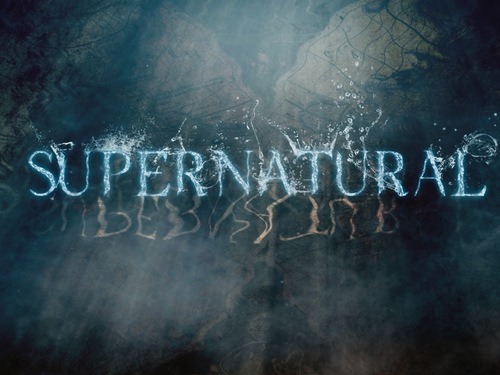Supernatural

Where is the place of the supernatural in today’s society? When Christians speak of the miraculous or supernatural sometimes they are rebuffed. People want proof in a scientific age. Still the images of something beyond what we see still “creep” up in Sci-Fi thrillers, obsessions with vampires, belief in the force and mythological stories. Many people still believe in some kind of higher power or karma despite the secular age that we live in. Christians claim to believe in the supernatural world. A belief in God moves us to look to something beyond us. Pop culture has confusing and confused beliefs about God and what is beyond us. How did we get to this place where the idea of the supernatural is still among us but in varied and even bizarre ways? Where is the place of religion a secular society where these beliefs reside? Charles Taylor tackles this idea in his thorough and thought provoking book, The Secular Age.
Secularization had been a process over time where it was once assumed that everyone belief in the supernatural to a place where belief is just one option among many. The secular age we live in was not caused by a singular turn of events, but a long process that has had many twists and turns. This shift leaves believers concerned for the future of faith. Though secularization has marginalized belief, it is not a separate reality from Christian belief. It arose out of belief and is defined even by it. Actually religion and the secular are very intertwined. It is popular to explain the decline in religious adherence and the rise of secularism as rivals. They do affect each other but not always in adversary roles. For, “belief and unbelief are not rival theories but are different kinds of lived experience”. (p.5) Herein we find a connection. Medieval belief was an assumed one in an age that believing in God was not an option. The lived experience of human flourishing was mediated through the church. The presence of God was ubiquitous in all of life. The supernatural was embedded in society.
Human flourishing has been a goal of every society. In what Taylor calls the “enchanted world”, that flourishing was viewed as coming from God who is over all. For believers fullness of life comes from God. It is beyond human initiative alone. As Taylor points out, to people in previous ages fullness meant getting closer to God. For unbelievers this is not the case. A shift to the modern and postmodern world moved human flourishing as coming from within. Fullness was understood in terms of the potentiality of human beings. But both had a goal of human flourishing.
Taylor articulates that the secular society and the religious landscape today have a varied expression he calls the “Nova effect”. The ancient world perceived God in the social order, in the cosmos and in human good. But through, what Taylor names as “The Great Disembedding”, these shifted from the center of life being God, to the center being human flourishing. Through the long process of secularization we now have many options along the believing/unbelieving continuum. Spirituality now is vague and has many shades of meanings, sometimes conflicting sometimes converging or intersecting. Taylor states, “The only general rule in history is that there is no general rule identifying one order of motivation as always the driving force. ‘Ideas’ always come in history wrapped up in certain practices, even if these practices are only discursive practices.” This not only affects unbelievers, Christians too have many options that confuse.
Taylor argues that the Modern age promoted Deism. Deism was the middle ground from a religious to a secular world. It removes God from the affairs of people and makes him to be a cosmic God who orders the world. God is not involved with life. This modern drive for order led to moralism, which focused on external behaviors and codes of ethics. This still resides in misunderstood views of God among some of the younger generations. Moralism today presents a God who wants them to be good so they can go to heaven when they die. But in this world God is not a supernatural being but a force removed from the affairs of people. Taylor states that a reaction to Deism led to more individualistic belief in self-expression and the affirming of sensual desire. This expressive individualism is has opened up new spaces for unbelief. (405-406) This move to pursue human desire was a reaction to the modern emphasis on reason and order. The lived experience must be felt to be real. The focus on self-fulfillment or human flourishing, as Taylor states, has placed authority not in religious convictions espoused through the church, not in the “enchanted” supernatural world where God blesses people, but on the individual self.
Taylor makes some generalizations about this expressive age. He says that the drive for human flourishing does not have to be antithetical to belief. The humanistic longing for wholeness and beauty and affirming of desire are ones that Christians can affirm also. Although our point of reference differs, the present spiritual condition is similar.
So what of the supernatural today? Taylor states that the secular age is schizophrenic. Unbelievers admire religion they see in dedicated believers like Mother Teresa, but keep their distance from it themselves. (725) Most versions of the supernatural in the media and pop culture focus on power. Many are very dark. Could it be that a drive for human flourishing that exists within us all be shaped by a vision of the supernatural that is more light than dark? Could it be that the agape love of Christ displayed in Christian community bridge the divide between the secular world and the believing world?
Leave a Reply
You must be logged in to post a comment.